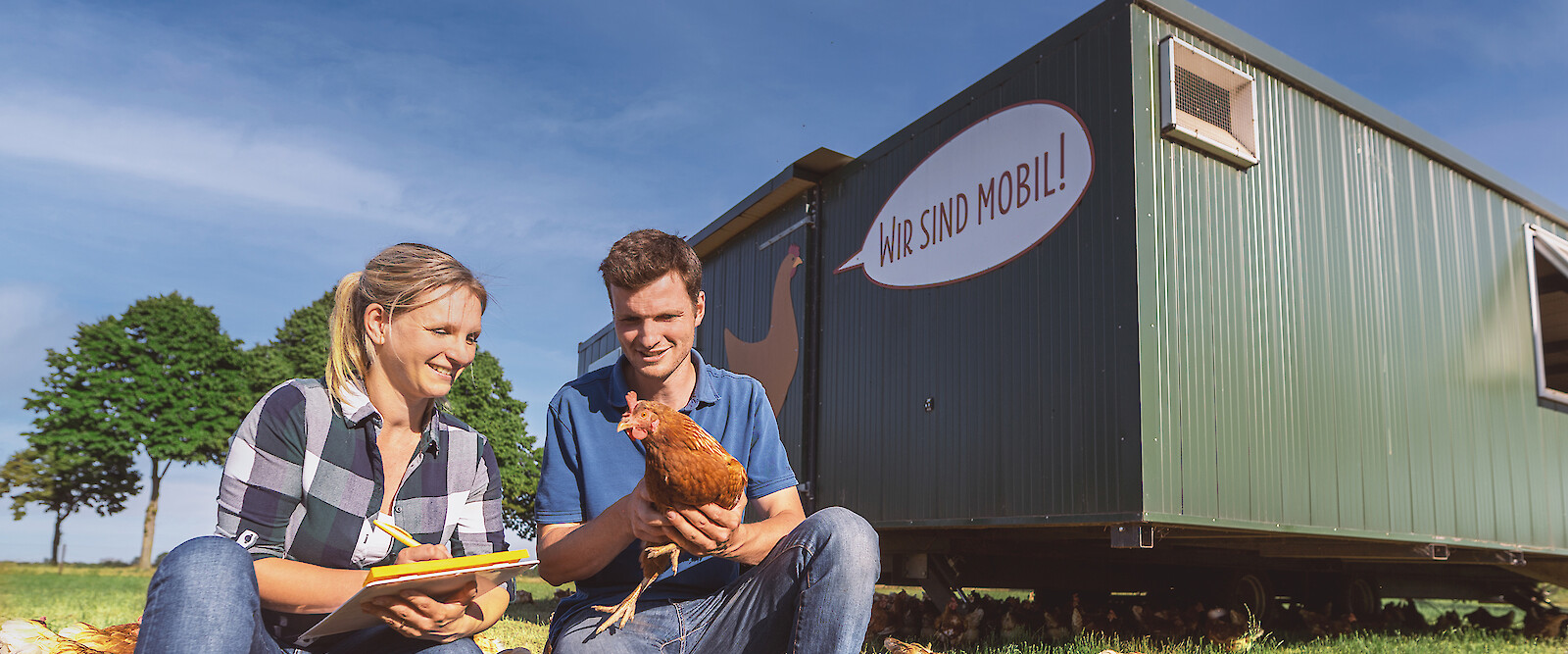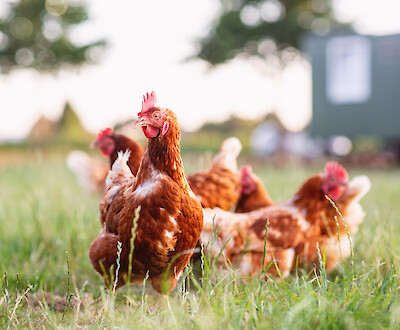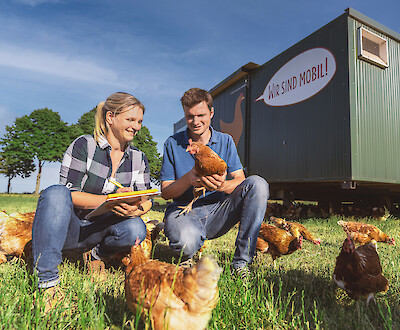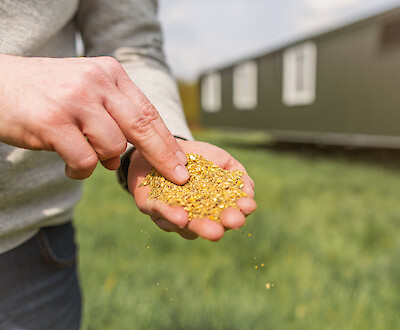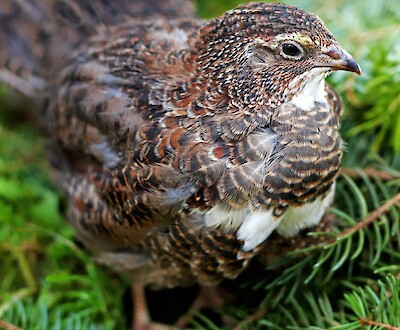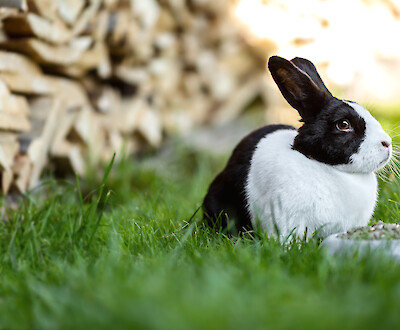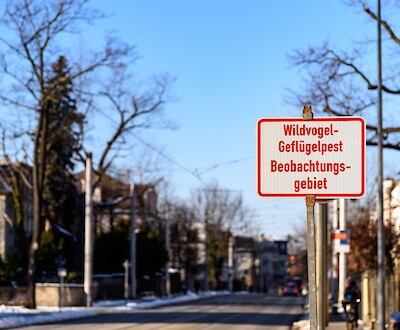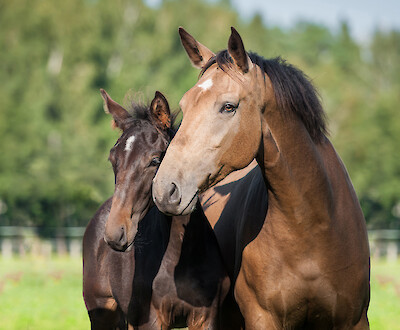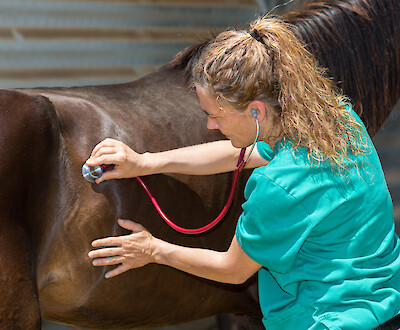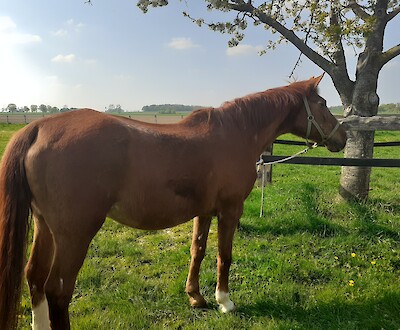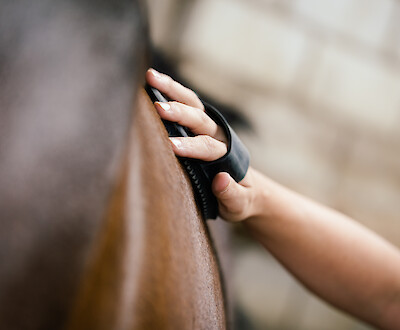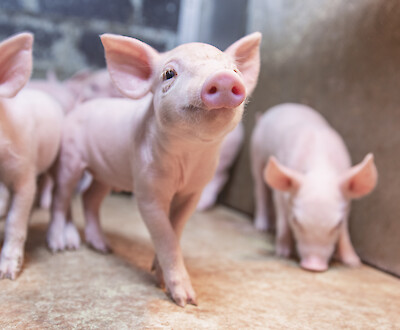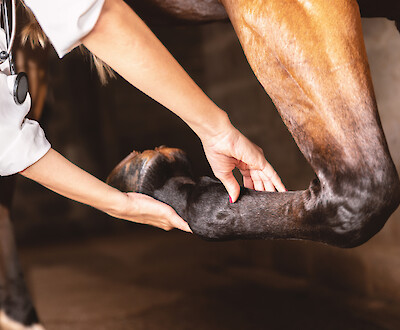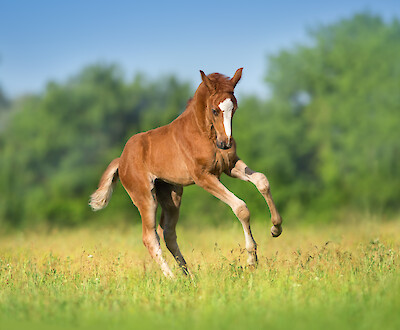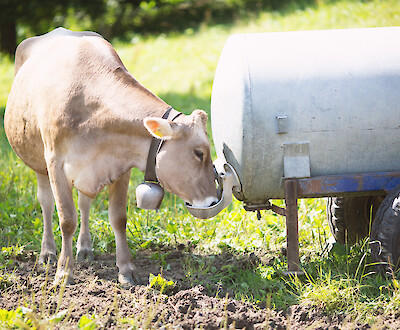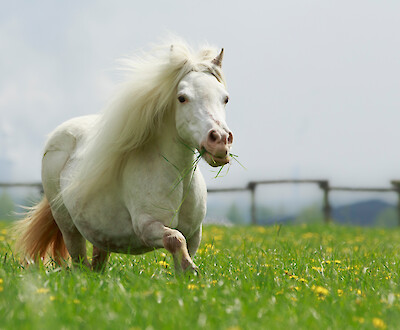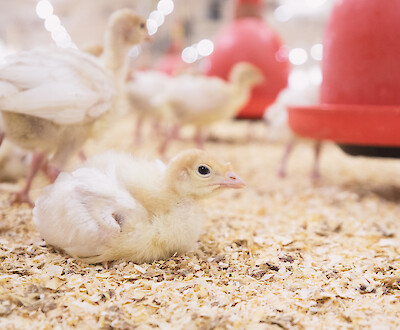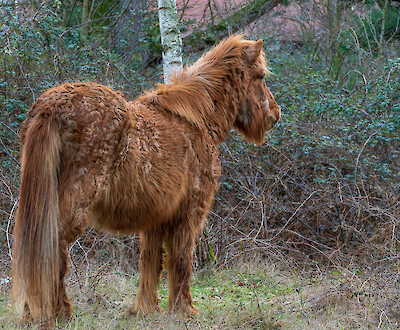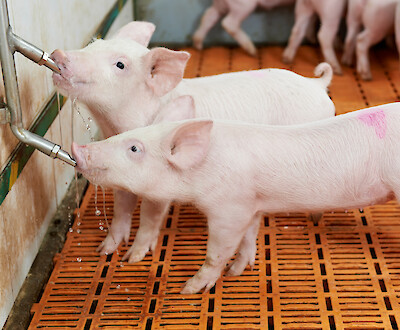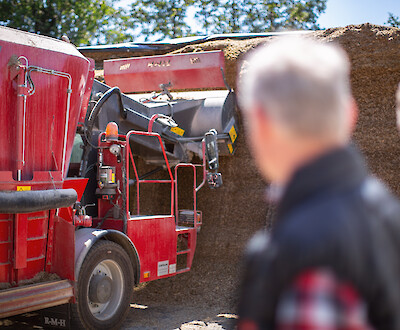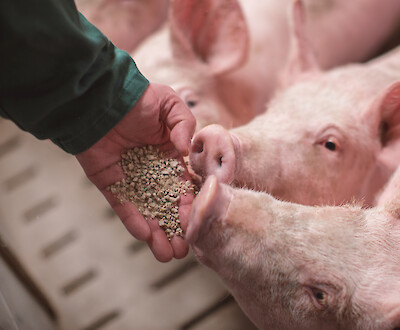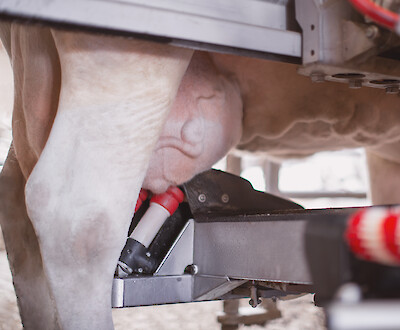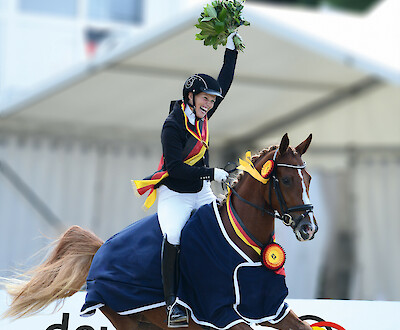My mobile chicken stable - Part 2: Management
Proper management of your new mobile chicken stables
In addition to solid preparation and the right feeding, it is above all the right management that is crucial for the success of mobile poultry farming. Only in a well-organized mobile house do animal welfare, hen development and laying performance go hand in hand. Mobile poultry farmers can promote animal welfare and support regular laying with a variety of measures. However, management decisions must always take into account the individual circumstances of the house and flock. In the following article you will find an overview of the most important measures to optimize your mobile chicken farming.
Proper management for housing: acclimatization to the new mobile stable
Housing is a significant phase for laying hens in mobile housing. After housing, young hens need about two weeks to become familiar with all areas of the stable. An acclimation period helps the birds to get used to the conditions of the mobile stable in the best possible way. Especially after the stressful housing period, it is important that drinking facilities and feeding lanes function properly. Therefore, a few days before stabling, carry out a corresponding check and check all systems.
Chickens are creatures of habit. This means that they prefer a regular daily routine. If this is not given, they are stressed and uncharacteristic behavior (e.g. feather pecking) may occur, which directly affects the egg quantity. Darken the windows to house them. This is important so that the pullets can directly develop the desired daily rhythm via the set light program and then be brought into the laying phase. For this purpose, it is necessary to successively increase the daylight duration from 10 hours (when the pullets are housed in the 18th week of life) to 16 hours with the help of artificial lighting. Avoid too serious changes in the length of light.
The acclimatization phase ends when the pullets enter the laying phase. To reduce the number of misplaced eggs during the laying phase, the hens should be kept out of the run until a laying performance of approx. 60%. In this way, you promote nest passage and at the same time increase the number of marketable eggs.
Plan the first day outdoors already during the familiarization phase. Choose a particularly suitable date for this without weather extremes (e.g. rain, storm, extreme cold). The reason: Laying hens from conventional rearing usually do not know any outdoors. This means that there is a risk that the hens will get soaked and hypothermic in bad or damp weather. Possible consequences are a reduced laying performance or an illness of the animals.
- You can learn more about optimal feeding during the acclimation phase in the third part on the topic of "Feeding" in our series "My mobile chicken coop".
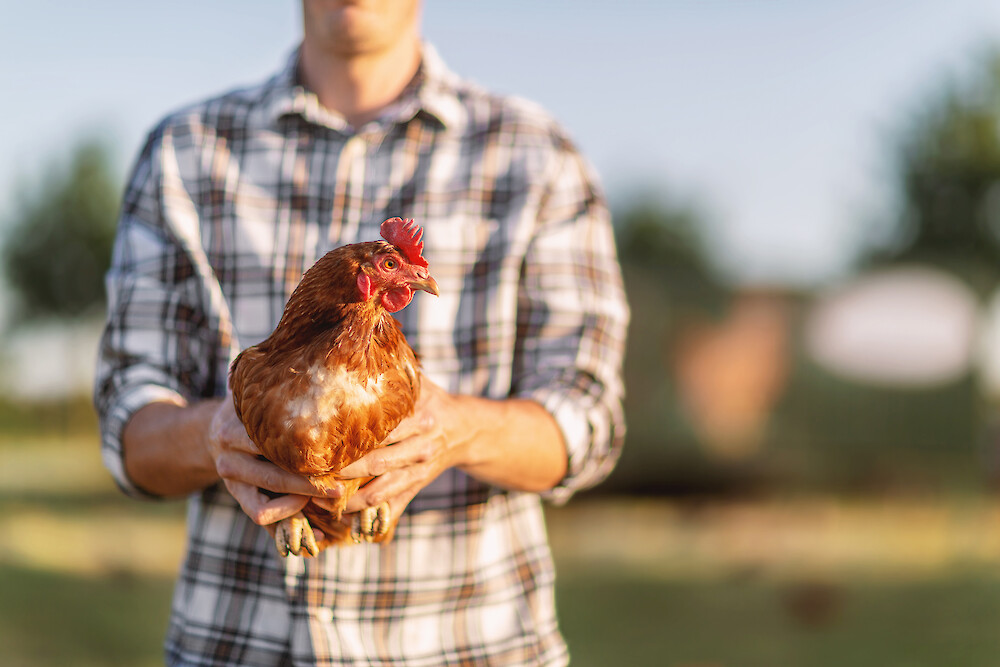
Animal observation - The be-all and end-all of successful coexistence in the mobile stable
Animal observation is an inconspicuous but valuable management measure in mobile housing. Observe your herd on a daily basis. Especially during the acclimation period, it is important to get to know the young hens. This is important; after all, every flock is different. By registering the peculiarities of the animals, you lay the foundation for quickly detecting changes in the flock and reacting appropriately.
Pay attention to behavior as well as conspicuous external features. If you are very familiar with the chickens, you can quickly recognize and interpret unusual behavior (e.g. increasing restlessness in the coop) or changes in external appearance (e.g. changes in plumage or diseases such as infectious bronchitis) and intervene accordingly. In doing so, always try to infer the condition of the entire flock from the changes in individual animals; after all, you will rarely recognize individual animals.
MTool© - Tools for assessing your pullets and laying hens.
The basic manual for pullets and laying hens "MTool©" offers assistance in assessing the condition of the flock. The included assessment cards help to train the eye of prospective mobile house keepers to recognize irregularities in order to take appropriate measures. The publication of the Federal Ministry of Agriculture and Food (Bundesministeriums für Landwirtschaft und Ernährung, BLE) provides useful guidance especially for newcomers to chicken keeping. MTool© is available free of charge.
However, the tool cannot replace qualified advice from an experienced feeding consultant or veterinarian.
Hygiene and house management: keeping laying hens healthy in mobile housing.
Another important pillar of management of the mobile stable is house hygiene. Its primary purpose is to interrupt the transmission of pathogens and parasites or to contain their multiplication. Cleaning and disinfection of the empty stabke before stabling is obligatory. However, cleaning of the occupied stable should also be done regularly.
To reduce the risk of introducing diseases and parasites into the flock, avoid keeping several age groups in the house at the same time. Also, in the event of major losses due to prey predators, do not replace them with new animals. Instead, follow a consistent "in-out" procedure. If you do have a herd with different age groups, be selective in your care: Young before old. This will reduce the risk of transmission, especially of mites to the young animals. In this way, you also prevent diseases from being transmitted to freshly housed animals.
Weak, sick or injured animals must be immediately separated from the herd and placed in a separate "sick pen" - or if necessary, emergency killed after anesthesia. Dead animals should also be removed from the herd immediately.
Another important point in terms of hygiene is the drinking water. Especially in spring and summer, there is a risk of biofilm developing in the drinking system. Its development is favored by the warming of the drinking water; especially if this is contaminated by nutrient inputs (e.g. feeding residues). The risk increases continuously with the duration of storage. Therefore, clean the round or nipple drinkers and empty the storage tank of the drinking water at least once a month ideally during the runs. For the same reason, quickly eliminate open water spots or puddles in the outlet. They are potential sources of germs that pose a risk of disease for your herd (see standing times below).
Optimal standing times and suitable meadow management for your mobile stable
The sight of the laying hen on the green meadow is a main advertising medium of the mobile stable.Many customers love this idyll and are enthusiastic about this type of housing. In addition to the marketing argument, however, reasons of nutrient input, hygiene, and feeding also play a role in the importance of stall times and meadow management.
A regular rearrangement of the mobile stables reduces the selective nitrogen and phosphate input and thus takes into account the amendment of the German Fertilizer Ordinance (DüV). In summer, there should be enough space to move the mobile stables about every two to three weeks and four m2 of space for each animal. In winter, however, moving is often hardly possible due to weather conditions without damaging the soil. Therefore, consider setting up a permanent winter stall.
But even in summer, long periods of standing can affect the sward. Depending on the location, weather and stress on the area, different measures are advisable to maintain the grassland. Plan for annual harrowing, liming or reseeding according to good professional practice in order to use the meadows permanently for mobile poultry farming. For reseeding, give preference to grasses with lower growth heights. This is because increased intake of long, fresh grass blades can otherwise lead to crop blockage or grass curl in the upper small intestine of the birds. Depending on the vegetation stage, it is also a good idea to use the areas in advance for silage or hay production. This is another way to reduce the height of the grasses.
Long standing times lead to unpleasant consequences in rainy or wet weather: Sometimes there is a risk of silting of the run-out area and thus hygienically questionable conditions. A load of germs and thus an increased risk of disease in your herd are possible consequences.
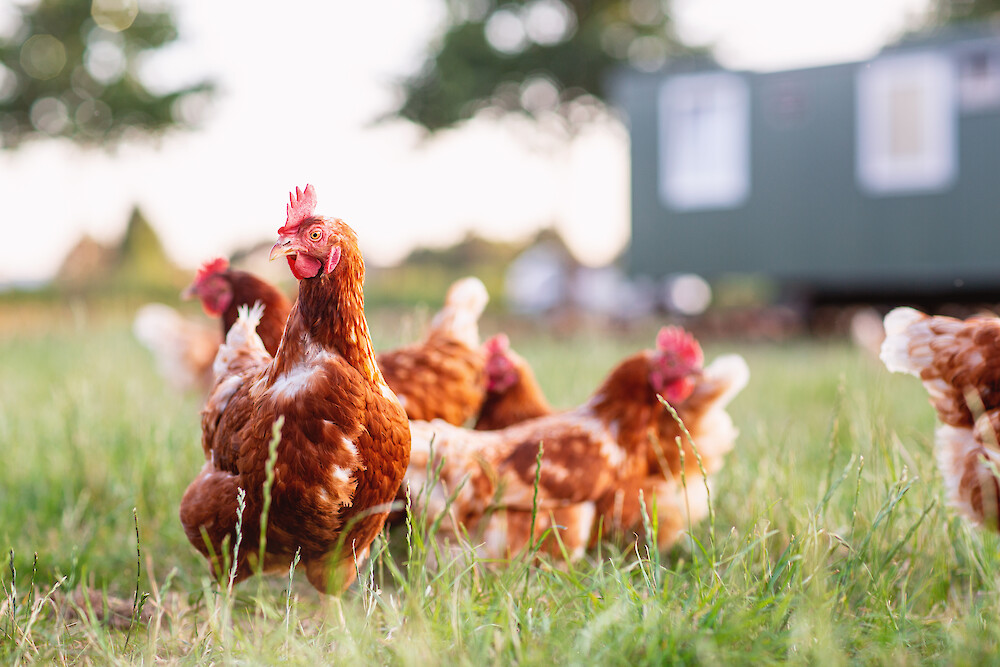
Mobile housing and compulsory housing: special situation requires special measures
Laying hens are strongly oriented to their daily habits. If the daily routine changes abruptly, this means stress for the animals. One such exceptional situation is the housing of poultry (e.g. in the event of an outbreak of avian influenza or due to preventive measures ordered by the authorities).
In principle, all mobile poultry stables of the known manufacturers are designed according to the requirements of the German Animal Welfare Ordinance (TierSchNutzV). With them, keeping even without daily exercise is legally possible. Nevertheless, problems may arise due to the changed situation as a result of the stabling in the herd. The construction-related cold-chamber areas of some mobile stalls, or a roofed area in front of the stall, can only partially compensate for this.
If the hens do not get out into the open and remain in a confined space, this can encourage undesirable behaviors (e.g. feather pecking, cannibalism, etc.). Therefore, after housing, be sure to think about alternative, additional employment opportunities for your flock. The following are some examples:
An automatic feeding system can increase the number of daily feedings - while maintaining the total amount of feed provided. By doing this, you provide variety for the animals.
In addition, you achieve good effects with alfalfa, hay or straw bales as well as pecking trays. On the other hand, the use of sprouted grain, potatoes or beets is not recommended. These feedstuffs - in addition to the excretions of the animals on the smaller surface area - bring further moisture into the barn. Increased moisture promotes slabbing of the bedding and necessitates manure removal.
Mix grain into the litter (about 10 g per animal per day). This stimulates the chickens to peck. This is a simple yet effective form of employment.
Sand baths are a welcome change from the daily routine of the animals and at the same time serve for plumage care.
The lack of outdoor exercise can increase infestation with the red bird mite, since, for example, cleansing sand baths outdoors are omitted. The well-being of the animals is increasingly impaired as a result and can further intensify unpleasant behavior. Therefore, take appropriate countermeasures quickly. You can find out more about this in our article on the red bird mite.
Conclusion
- Proper management is critical to the success of your mobile stable.
- The goal of management measures to acclimate animals after housing is to reduce stress, form useful habits, begin laying, and prepare for the turnout phase.
- Animal observation is an effective means of detecting changes in the flock at an early stage and taking appropriate countermeasures. The basic manual "MTool©" of the BLE helps to assess the laying hens.
- Ensure good hygiene in the house to prevent the entry and spread of diseases and parasites.
- Organize regular moving of the coop in summer to preserve the turf and avoid open water spots. Maintain and mow the grass regularly.
- In the event of stabling, keeping the herd occupied is paramount. This is the only way to prevent unwelcome behavior such as feather pecking and cannibalism.
Further information (in German)
- Order link to the management aid for laying hen rearing and keeping "Basiswissen MTool©" of the Federal Ministry of Food and Agriculture (Bundesministeriums für Ernährung und Landwirtschaft, BLE).
- Short statement and summary of the amendment of the German Fertilizer Ordinance (DÜV) by the Commission for Agriculture of the Federal Environment Agency (KLU)
- Legal text of the Animal Welfare Ordinance (Tierschutz-Nutztierhaltungsverordnung, TierSchNutzV) at www.gesetze-im-internet.de.

